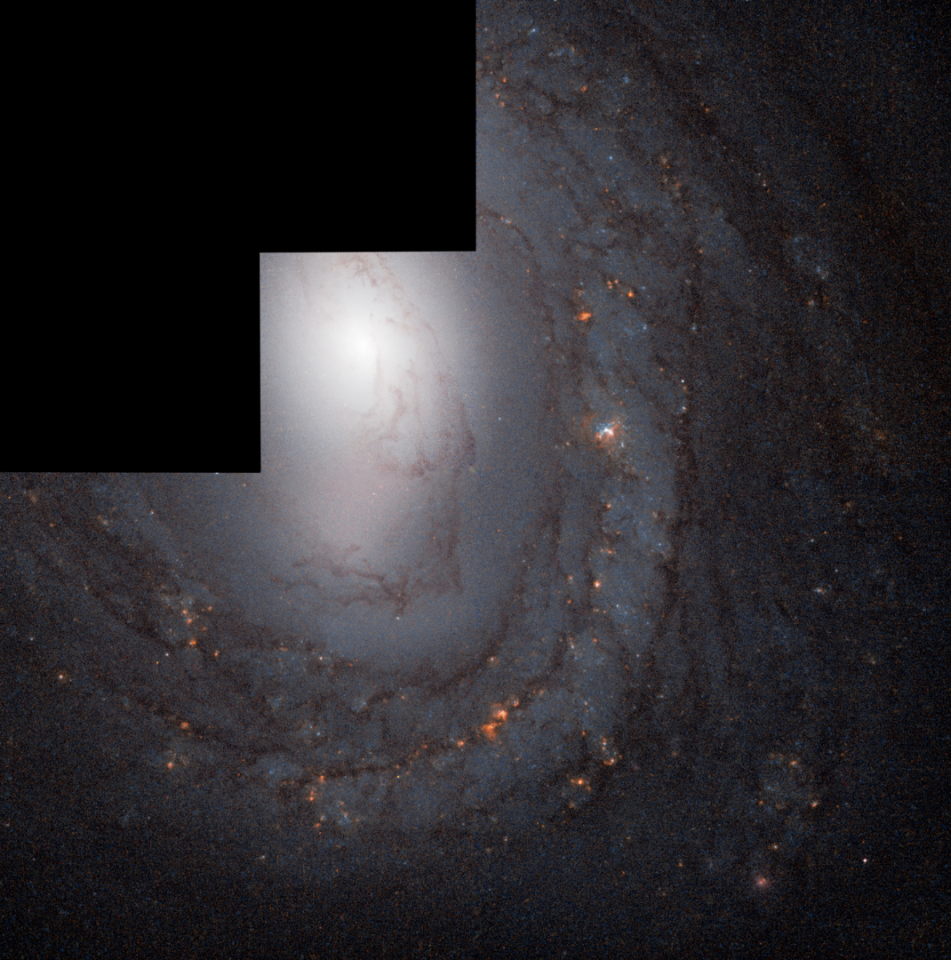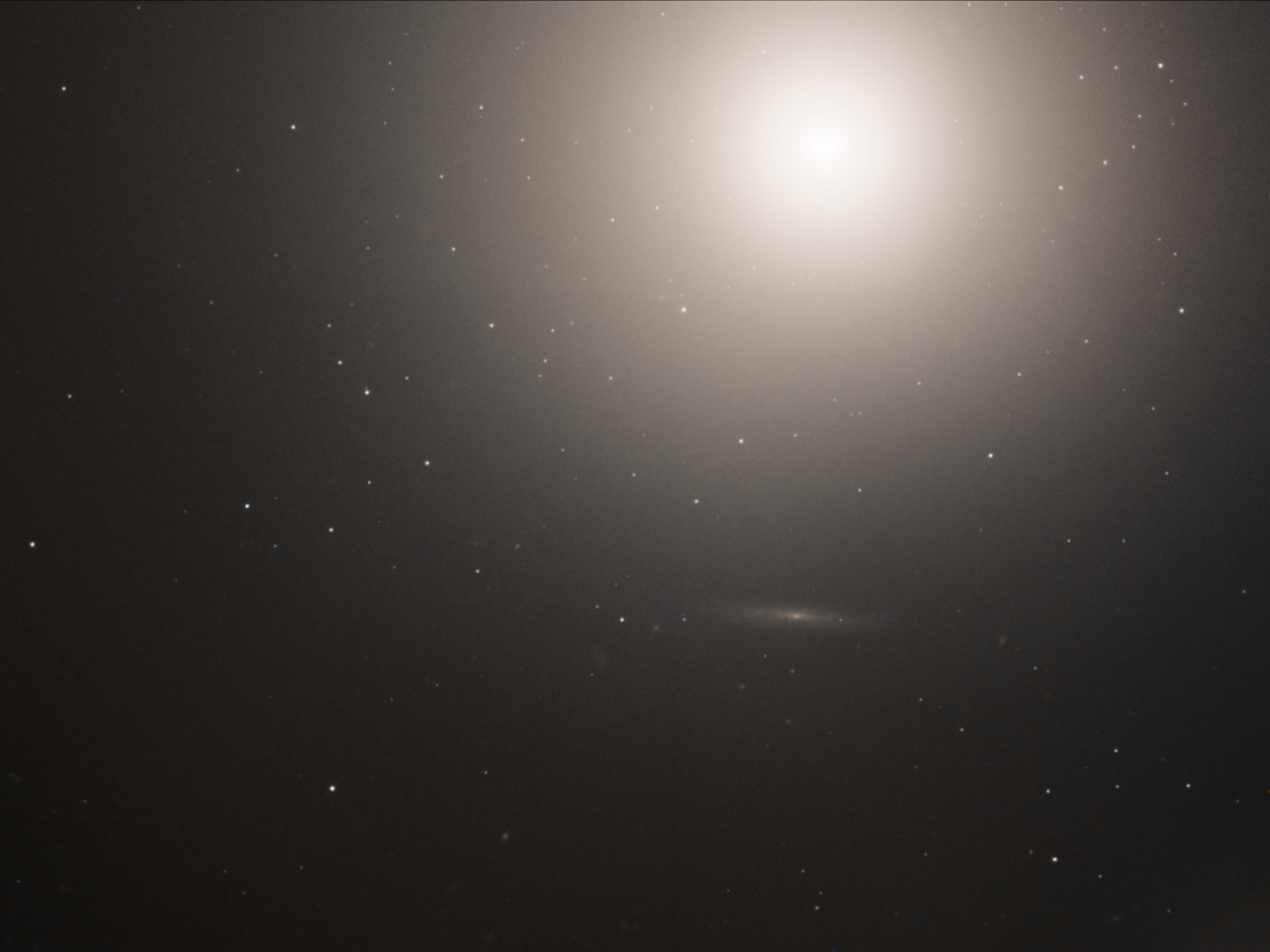NASA has added a further 12 images to its already stunning Hubble gallery of Messier deep-sky objects. The updated collection highlights the technological strides that humanity has made since Charles Messier looked to the heavens and created his famous catalog, that now allow us to appreciate the true beauty and nature of the deep-sky objects.
Most of the objects contained in the Messier catalog were discovered by famed astronomer Charles Messier in the mid-1700s. At the time of its creation, Messier had been searching for comets – relatively small but bright icy bodies that often trail a magnificent tail that can be visible without the aid of a telescope.
As Messier combed the sky in search of these celestial wanderers, he would sometimes get distracted by fuzzy grey objects, which are known today to be distant galaxies, nebulae, and star clusters. Even back then, Messier knew that these intruders where in fact not wandering comets because they remained static against the backdrop of more distant stars, rather than travelling across them as a true comet would.

Messier documented the faux comets, as he viewed them, in an attempt to help his fellow astronomers avoid confusing them for the real thing. Whilst they may have been a nuisance to Messier at the time, present day astronomers consider many of the objects detailed in the catalog to be some of the most visually striking and fascinating astronomical objects visible from our planet's Northern Hemisphere.
The revised Messier catalog contains 110 objects ranging from stunning nebulae to chaotic star clusters, and enormous spiral galaxies. NASA's Hubble Messier gallery reveals some of the greatest images ever taken of a number of the celestial objects, including M104, also known as the Sombrero Galaxy, and the dramatic Crab Nebula (M1), which was the first deep-sky object to be recorded by Messier in his now-famous catalog.
A further 12 Hubble images have recently been added to the collection, including vistas of two stunning globular star clusters and a plethora of galaxies, bringing the grand total of Messier objects in the Hubble collection up to 76.

Among the galaxies included in the new addition is the spiral galaxy M58, which, located roughly 62 million light-years from Earth, is the most distant of the Messier objects. The core of M58 is ablaze with the light of young stars, while the ominous sweeping arms of the barred spiral galaxy hold relatively little evidence of star formation.
The structure of other galaxies included in the release are less obvious than that of M58, with some, including the elliptical galaxy M89, appearing as little more than a hazy bloom of light shining against the darkness of space. Hidden within its ill-defined shape are roughly 100 billion stars, including 2,000 globular clusters.
Head to our photo gallery to see the new additions to the Hubble gallery for yourself.
Source: NASA















